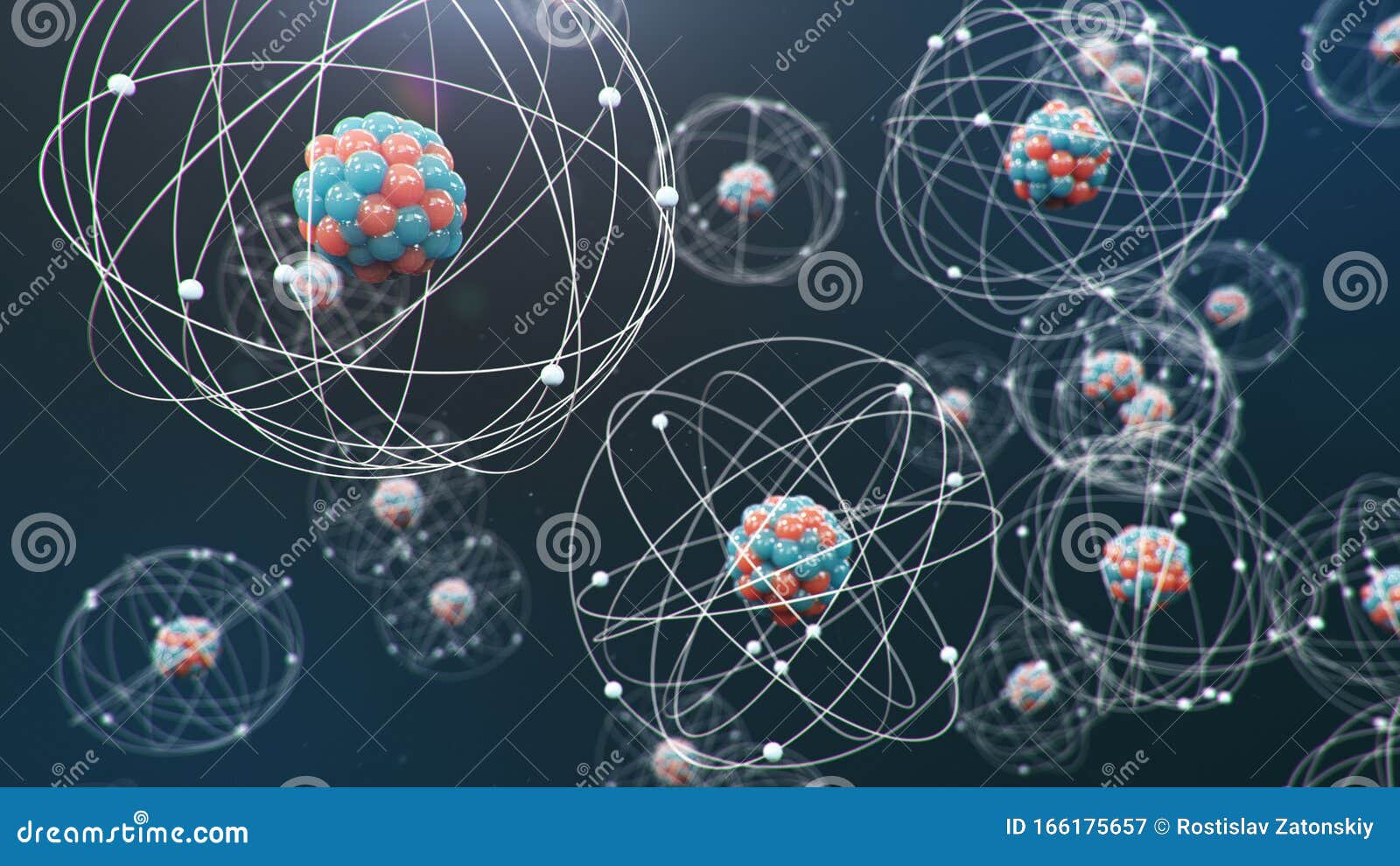
In this way, one can speak of a community of plants in a garden, the community of mammals in the humid forest or the community of living beings of a reef. It consists of diverse populations ranging from bacteria, palm trees, reptiles, birds, fish, humans and many more. 12- CommunityĪ community is a set of populations in a delimited area. By species is meant a set of living beings similar to each other or with the same characteristics.Īn example of a population could be the population of pines in the forest, the bee population of a honeycomb, or humans in a given area, such as a city. It is a set of organisms of the same species that live in a delimited area. In the case of animals, an ant, a horse or man. An individual living being is an organism.Įxamples of plant organisms are a palm tree, a rose bush or an apple tree. Systems are organized in multicellular organisms. 9- Systems and DevicesĪ system is a set of organs that perform a specific function, such as root, stem or flowers in plants, or the circulatory system, the nervous system or the digestive system in animals.Īll the organs that make up these systems and apparatuses work in a common relation for the achievement of a greater function or purpose. Examples of animal organs: the liver, heart, muscles or brain. 8- Organic LevelĪn organ is a set of tissues organized into a structural and functional unit of an organism.Įxamples of plant organs are the leaves, petals and the primary root. Examples of animal tissues are connective, muscular, epithelial or nervous tissue. Tissues are a set of cells in a similar way that are linked and coordinate a specific function.Įxamples of plant tissues are: parenchyma, vascular and meristematic. Prokaryotic cells do not have cell nuclei or organelles and their DNA is a circular molecule anchored to the plasma membrane.Ī eukaryotic cell, on the other hand, does have cell nuclei and other organelles and its DNA forms linear chromosomes.Įxamples of cells common in living things are nerve cells, muscle cells and epidermal cells. There are two Cell types : Prokaryotes and eukaryotes. 6- Cell LevelĪ cell is the structural and functional unit of every form of life. They are cell organelles: Ribosome, he Chloroplast and the mitochondria. 5- OrgánulosĪn organelle (also called an organelle) is a small organ or compartment that has its own membrane and performs a specific function within a cell. Here are proteins, nucleic acids, lipids and carbohydrates, among others. The molecules are joined together, usually by electrostatic attraction (or otherwise) and form molecular complexes called also biomolecules or macromolecules. All are combinations of atoms and all these atoms are present in the periodic table. In addition, several molecules can be assembled without establishing covalent bonds with each other to form molecular complexes, such as hemoglobin and ribosomes.Īt the molecular level are also inorganic compounds such as water and mineral salts. Water and carbon dioxide are examples of simple molecules. 3- Molecular LevelĪ molecule is a set of two or more atoms that are held together by covalent bonds, sharing electrons. It is formed by a dense nucleus of protons and neutrons surrounded by a much larger cloud of electrons.Ĭarbon, nitrogen, and oxygen are the most common atoms present in most living things. They are the smallest particles of a chemical element and the minimum unit of matter. The atom is what results from the union of the components of the subatomic particles. When interacting with each other, these microparticles give rise to the atom. Subatomic particles are the parts that make up the atom, like the electron, the proton and the neutron. Starting from the simplest to the most complex, all known matter that exists in the universe starts from the following levels: 1- Subatomic level It can be extremely simple as unicellular organisms, or very complex as, for example, the human being. All matter has a weight and a specific mass given by its particular composition.

Matter is all that occupies a place in space, whether it is in solid, liquid or gaseous form.

Beyond this, as the complexity becomes greater, the whole begins to be much more than the sum of the parts.


 0 kommentar(er)
0 kommentar(er)
